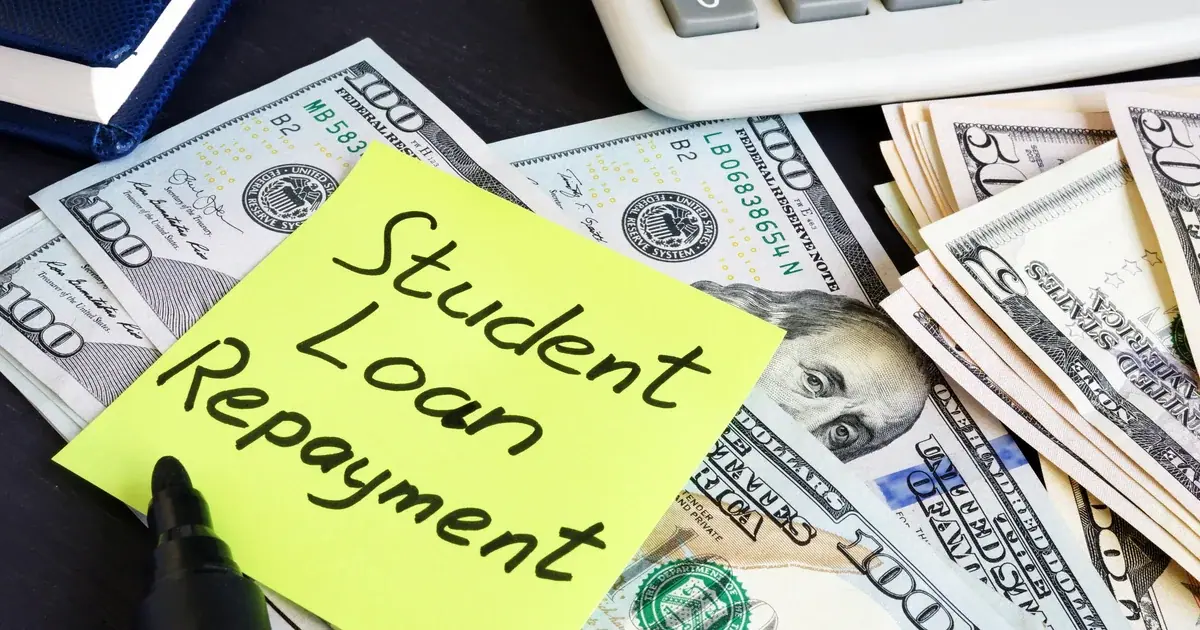
The Bill Everyone’s Talking About—But What Does It Mean for Borrowers?
When the “Big Beautiful Bill” landed in Congress, most of the noise came from political circles. But for more than 43 million Americans carrying student debt, the real question is simple:
Will this bill actually ease the burden—or just rearrange the furniture?
If you’re in repayment, just graduated, or still staring down a decades-old loan, this bill could shift the ground beneath you. Here’s a closer look at what’s in it, who stands to benefit, and where it still comes up short.
What the Bill Says About Student Loans
The bill doesn’t promise sweeping debt cancellation—but it introduces targeted changes, mostly for federal borrowers.
1. Public Service Loan Forgiveness Improvements
Borrowers working in public service—teachers, nurses, government employees—may finally catch a break. The bill proposes simpler eligibility rules and faster timelines for forgiveness under the PSLF program.
2. Changes to Income-Driven Repayment Plans
The updates include lower income thresholds, shorter repayment terms, and automatic enrollment for qualifying borrowers. These changes aim to ease monthly payment pressure for lower earners.
3. Interest Subsidies for Low-Income Borrowers
Borrowers in deferment or on low incomes could receive expanded interest subsidies, preventing loan balances from growing while payments are paused.
4. Minimal Help for Private Loan Holders
If your debt is private, the bill offers little more than suggestions—no enforceable changes to rates, refinancing, or forgiveness.
Where Borrowers Could See Real Relief
Some provisions offer genuine financial breathing room, especially during uncertain times.
Crisis Forbearance Becomes Automatic
In national emergencies, automatic forbearance would kick in—eliminating the need for borrowers to scramble for relief.
Interest Rate Caps Tied to Income
Borrowers could benefit from income-based interest rate limits on federal loans. For recent grads or those in lower-income roles, this could mean long-term savings.
More Incentives for Public Service
Alongside PSLF fixes, the bill adds interest-free repayment periods for public sector workers—providing another layer of support for those who serve.
Grants Replacing Loans for First-Year Students
A new pilot program replaces first-year federal loans with grants for qualifying low-income students at community colleges and HBCUs. It’s a step toward reducing future debt before it begins.
Where the Bill Falls Short
Despite some solid steps, there are areas where the bill fails to deliver.
Uncertain Implementation
Several provisions—especially around forgiveness—face potential legal challenges. A good plan on paper doesn’t mean smooth execution.
Performance-Based Funding Comes With Risks
Tying school funding to graduation and job placement rates might seem smart—but it could punish institutions serving at-risk or nontraditional students who face more barriers to success.
Private Loan Borrowers Left Out
There’s no real relief here for private borrowers. Without mandated reforms, they remain reliant on lenders’ goodwill.
Winners and Losers
Winners:
- Low-Income Federal Borrowers: Lower payments, interest subsidies, and shorter repayment plans could make a big difference.
- Public Sector Workers: Faster forgiveness and new perks help reward those in service roles.
- First-Time College Students: Grants instead of loans at key institutions could reduce debt from day one.
Losers:
- Private Loan Holders: No enforceable protections, rate limits, or forgiveness.
- Mid-Career Borrowers: Many are too deep into repayment to benefit from new terms but too far from forgiveness.
- For-Profit School Graduates: A group often carrying high debt with limited support—and once again largely ignored.
What Experts and Borrowers Are Saying
The reviews are mixed.
Senator Marcus Leland, one of the bill’s sponsors, called it “a responsible fix for a broken system—not a handout.”
But critics argue it dodges the bigger ideas—like broad-based loan forgiveness or tuition-free public college.
Polling shows 56% of Americans support the bill’s student loan provisions, but only 27% believe they’ll benefit personally. On social media, many are skeptical. One TikTok user wrote: “Cool. Another program I won’t qualify for.”
What You Should Do Right Now
Whether the bill passes, stalls, or gets revised, here’s how to stay prepared:
- Know Your Loan Type: Federal loans are directly affected. Private loans? Not so much.
- Stay Updated: Bookmark studentaid.gov and follow reputable education reporters—not just viral headlines.
- Talk to Your Loan Servicer: Ask about forgiveness programs, IDR eligibility, and how future changes might apply to you.
- Use Planning Tools: Online calculators and simulators can help you prepare for payment changes or possible relief.
Final Thoughts: A Step Forward, But Not a Full Fix
The Big Beautiful Bill doesn’t wipe out debt—but it does offer meaningful changes for millions of federal borrowers. For public workers and new students, it could make repayment less of a lifelong burden.
Still, it leaves private borrowers and many mid-career payers with little to celebrate.
Is it relief or risk? For now, it’s both. But understanding your options—and staying engaged—will help you make the most of whatever happens next.




Jäta vastus